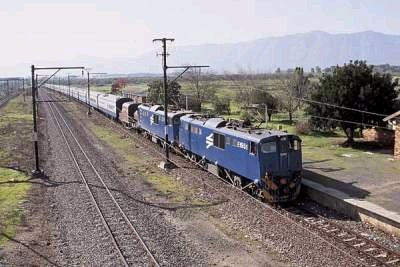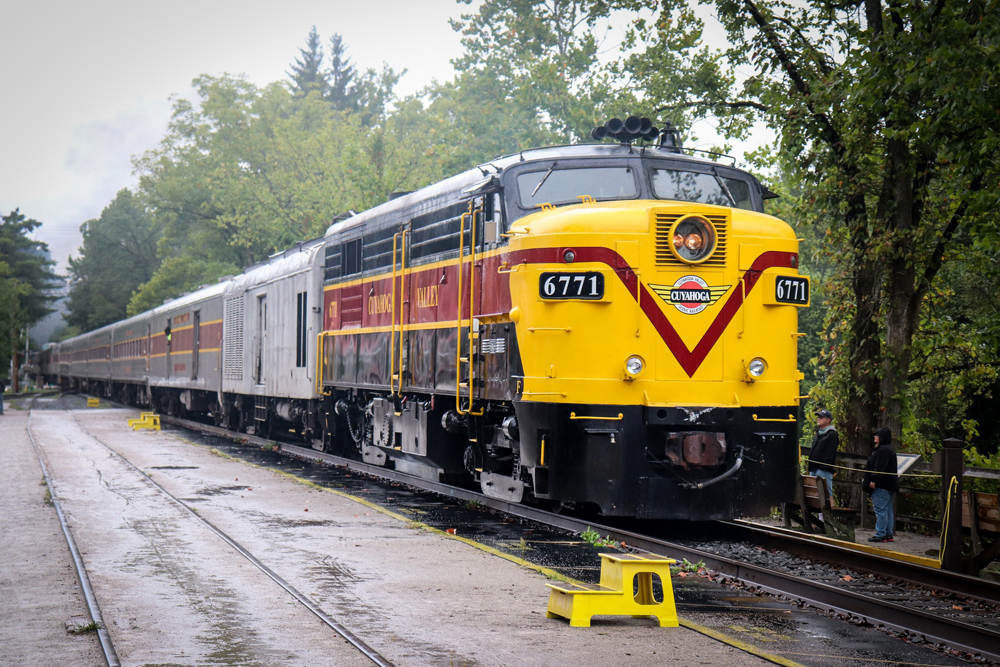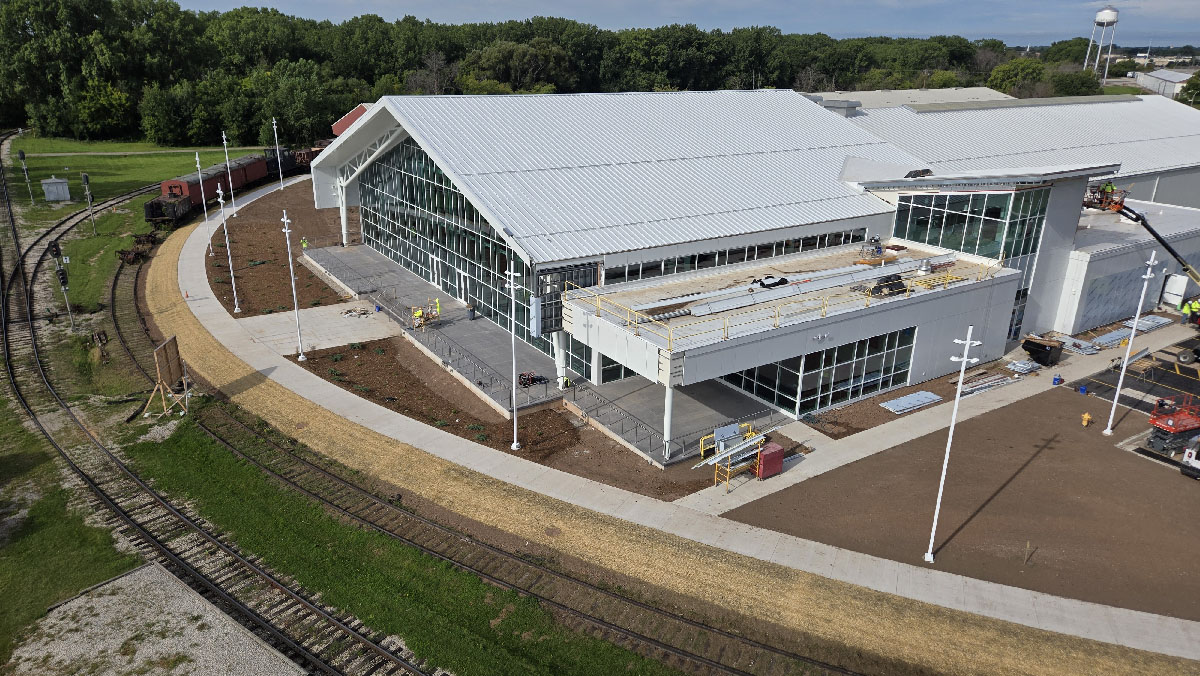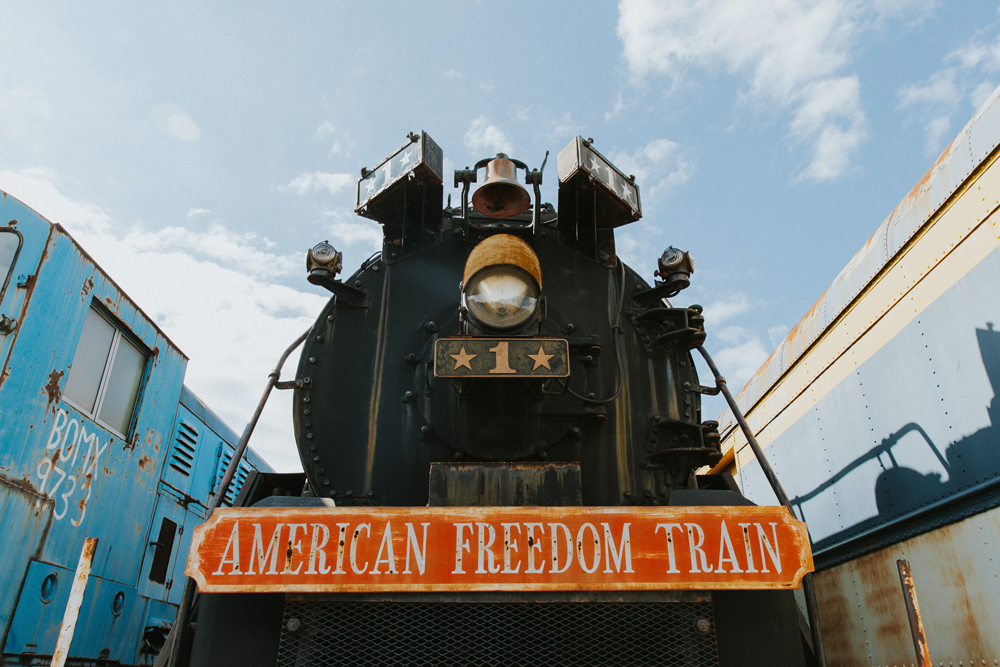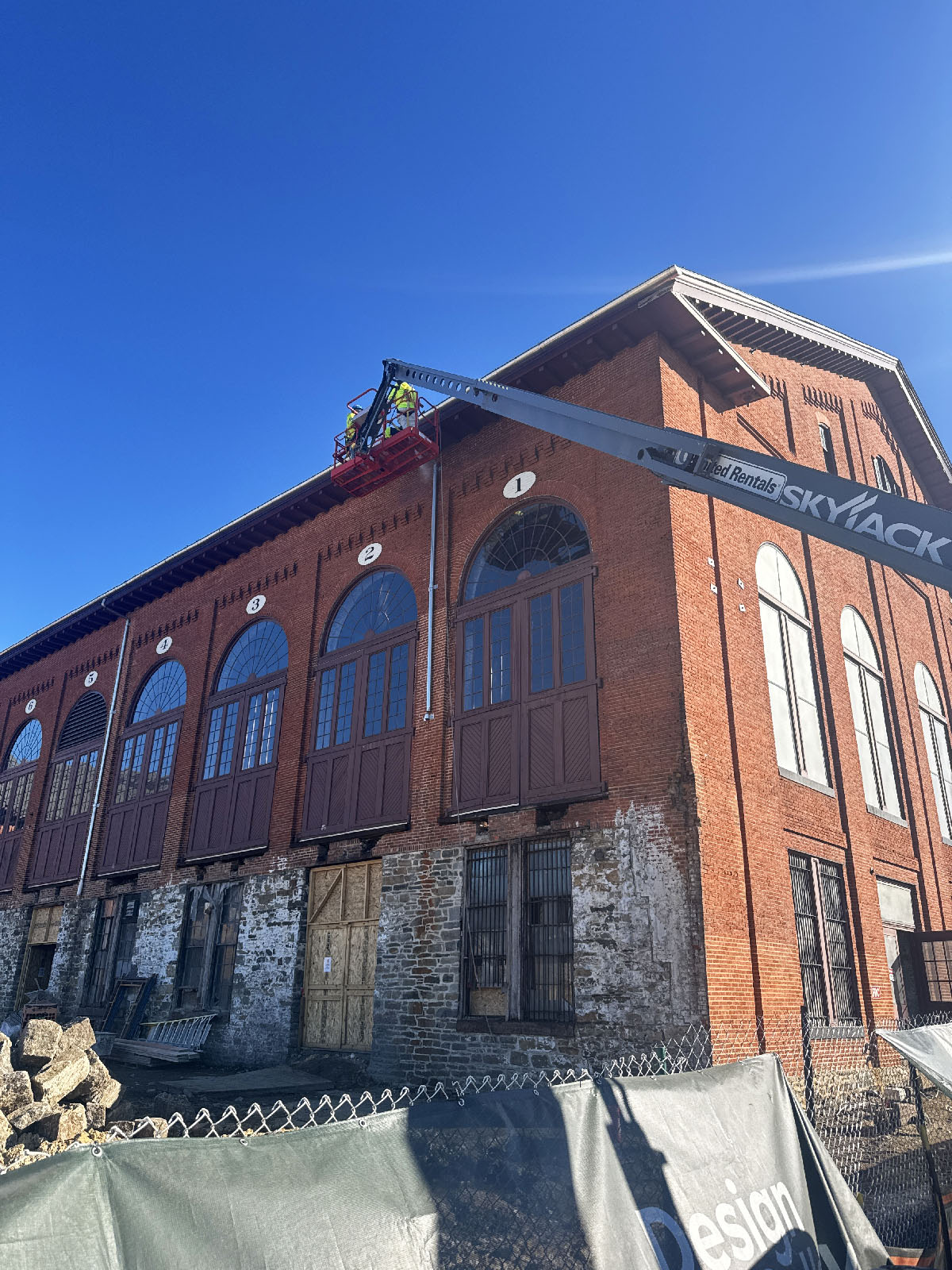The Venice Simplon-Orient-Express is arguably harbinger and flagship of this fleet of cruise trains aboard which the experience is paramount and transportation secondary. The VSOE, a 1982 resurrection of the storied Orient-Express – now operating on a semi-regular schedule between London and Venice, and on other itineraries as well – is dressy, with black tie common for men. Passengers are encouraged to wear period clothes as if for a costume party. It is also expensive: $1,990 per person for the one-night journey.
This too is a trend: transforming something as seemingly routine as a ride on a train into a once-in-a-lifetime experience, or at least one reserved for special occasions such as birthdays or anniversaries.
When First Class is Not Good Enough
To capitalize on this growing trend, some famous trains around the world have remade themselves, yearning upward. In Australia, the Indian Pacific (inaugurated with Budd-licensed cars in 1970, when the country’s Indian-Ocean and Pacific-Ocean coasts finally were linked by standard-gauge rail) was substantially upgraded in the 1990s. The train’s Formica and imitation leather personality was transformed with wood paneling and faux Victoriana. The dining car became the Queen Adelaide Restaurant, and the menus acquired pretensions. Prices rose, too: to $1,500 per person for a trip taking three nights.
Then, a few years later in South Africa, the Pretoria-Cape Town Blue Train went from the sublime to the more sublime. When I rode the train in 1977, I thought it the most elegant I’d ever encountered. That edition of the Blue Train had been inaugurated in 1972. (The train’s name dates to 1946, and predecessor Union Limited/Express’s to 1923). The lounge and diner were smart in a Danish modern sort of way, and the food was superb. My single accommodation, called a coupé, had windows tinted with gold dust to cut down on glare, and Venetian blinds electrically raised, lowered, or adjusted as to angle – but no private toilet or shower.
Perhaps Rovos Rail had caught the attention of Spoornet, South Africa’s national rail system and operator of the Blue Train (though privatization is in the wind). Or perhaps it’s just coincidence, but on August 1, 1997, one of the two Blue Train consists emerged from the Transwerk workshops totally transformed – virtually a brand-new train in an old shell – with the second consist following a year later.
In addition to the Blue Train’s classic Pretoria-Cape Town route – no longer calling at Johannesburg, a dramatic sign of the train’s shift from the transportation function and of how dangerous Jo’burg has become – it now journeys to Victoria Falls, Hoedspruit, and Port Elizabeth. Naturally, fares have increased as well: to $775 per person, double occupancy, for the one-night Pretoria-Cape Town trip for a 2001 trip.
South Africa’s Comfortable and Stylish Premier Classe
Occasionally these uplifts into the realm of super-luxury have allowed high quality but less rarified services to slip into the vacated niches – services that are first rate but still provide necessary transportation. The shifting passenger train operations in South Africa provide a good example of this phenomenon.
In summer 2000, I flew South African Airways from New York to Johannesburg. Tucked into my luggage were tickets for Rovos Rail, the Blue Train, and the Union Limited – a historic train operated by the Transnet Heritage Foundation (part of Spoornet) and powered largely by steam. I opened the SAA flight magazine to a fetching full-page ad for a train of which I’d never heard: Premier Classe.
This turned out to be an attractive service that ran once a week in the consist of the daily Pretoria/Jo’burg-Cape Town Trans Karoo. The only remaining daily long-distance passenger train in South Africa (where service has dwindled and deteriorated dramatically in recent years), the Trans Karoo is a maid of all work, able to carry 700 passengers at a clip and posting an average load factor of 80 percent. The northbound train departs Cape Town at 9:20 a.m. and arrives in Pretoria at 11:48 a.m. the next morning. Southbound, the train departs Pretoria at 10:10 a.m. with a 2:15 p.m. arrival in Cape Town the next afternoon.
Premier Classe was inaugurated in August 1999, consisting of a pair of refurbished sleeping cars and a good-looking diner-lounge. Unlike the Blue Train, Premier Classe is geared primarily to South Africans, who account for 80 percent of the ridership, the reason I hadn’t learned of it in the States.
Though my itinerary was largely locked in, I managed to get a quick look at this new travel option by hopping the Trans Karoo in Cape Town for a ride of just under two hours to Hermon, a railway junction in the rural reaches of the Western Cape, then returning on Premier Classe.
The Trans Karoo was 21 cars long the day I rode, including economy class sitting cars, both first- and second-class sleepers with coupés and compartments, and a twin-unit diner with service “outsourced” to BJ’s, the South African equivalent of Burger King (resulting in the hamburger-stand ambiance you’d expect from this arrangement). The first-class sleepers had coupés for two and compartments for four, and the second-class coupés for three and compartments for four. The décor was standard – a patterned gray Formica – and amenities essentially nonexistent: in first class, a bar of soap and plastic glass. This was basic transportation, and it cost just $58 to travel in first class for the 28-hour run between Pretoria and Cape Town.
Here, passengers are offered champagne and snacks when boarding and tea in mid-afternoon. In between is a four-course luncheon (chicken liver and pistachio paté, poached cod with tomato fondue, lamb and green bean casserole, Black Forest gateau) followed at night by a five-course dinner (cream of pea soup, fillet of sole almond, stuffed leg of Karoo lamb, strawberry cheesecake, cheese and biscuits), with a good selection of the fine local wines available. There’s a full breakfast. Before arrival into Cape Town at 2:15 p.m., a “light lunch” is provided. I sampled this, which turned out to be bobotie (a delicious curry of minced lamb baked with egg custard, a Malay dish), rice, and peas, with a cream-laced fruit custard for dessert–far more than a snack. (Pretoria arrival is at 11:48, so no lunch is needed.) Meals are included in the price of the ticket.
As aboard the Trans Karoo trailing behind, the Premier Classe service is outsourced, in this case to Fedics, a catering company where Stevens works in human resources when she’s not aboard the train.
“The concept still belongs to Spoornet,” she explained. “We just do the food side of it, and also the sleepers.” These sleepers – two is the usual complement, but occasionally there are as many as four – are standard-issue cars, but with coupés carrying just a single traveler and compartments for two. Compartments by day have a sofa, which makes down into a lower at night, and a club chair. Robes and slippers are provided as gifts, along with an array of shampoos and soaps. Not air-conditioned, the attractively refurbished cars have windows that open.
Modestly priced at just $153 per person (and that’s single or double occupancy, compared to the Blue Train’s $775 apiece for double) for the one-way Pretoria-Cape Town journey, Premier Classe will certainly be on my next South African itinerary – a real train ride made in comfort and style, and a great buy.
New Service to Mexico’s Copper Canyon
Primera Express is a product of the rail privatization in Mexico, an initiative that resulted in the demise of virtually all of the surviving fragments (already tattered to the point where few rode them) of the country’s rail passenger network. Now the only significant remnant is the Primera Express and its second-class running mate, called Clase Economica.
Today both trains make all-day runs from Chihuahua (roughly south of El Paso) to Los Mochis (near the coast of the Sea of Cortez) under the auspices of Ferrocarrill Mexicano, or FerroMex. In July 1999, this private company took over both the Chihuahua al Pacifico and the Ferrocarrill del Pacifico (running from Nogales to Guadalajara) from National Railways of Mexico. FerroMex is a wholly owned subsidiary of Grupo Mexico (which also owns mines served by the railroad) and Union Pacific.
The passenger trains to the Copper Canyon operate under the brand of Chepe, the nickname of the Chihuahua al Pacifico. Cherry picking the best surviving equipment from around Mexico, Chepe has assembled an attractive train of air-conditioned, reclining-seat coaches and diner. Clase Economica now draws more Spartan air-conditioned coaches like those that had run on the route’s first-class train before privatization; however, they’re a big step up from the battered, non-air-conditioned cars that formerly ran as the “Segunda Clase,” often called “the Burro.”
Tickets for Primera Express can be purchased from South Orient Express agents.
Primera Express trains leave both endpoints at 6:00 a.m. Clase Economica follows an hour or so later. Should they be on time, both trains conclude their runs at 7:50 p.m. – a long day.
Most tourists break up the trip with at least one overnight hotel stay. El Fuerte and Creel offer good possibilities, but the place not to miss is the Posada Mirador, a beautiful hotel that clings right to the canyon’s rim. It’s reached from the Posada Barrancas station. Just a few miles away is Divisadero, where all trains make long midday stops for passengers to patronize the food stalls or purchase souvenirs, notably the handsome baskets woven by the Tarahumara Indian women who live in small ranchos in and around the Copper Canyon.
The Barranca del Cobre is one of the world’s special places. It’s larger and deeper than the Grand Canyon (another natural wonder that can be visited by train). And with the advent of Primera Express, it’s easily and comfortably accessible to the independent rail traveler on a budget.
Like Premier Classe in South Africa, Primera Express is a welcome reminder that stylish train travel can still be affordable transportation.





